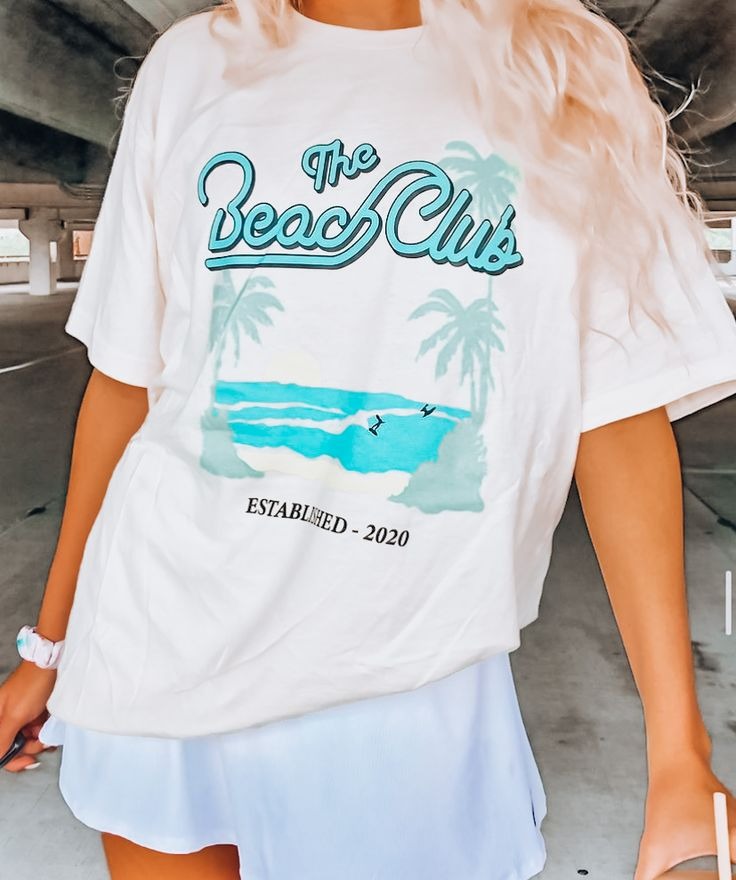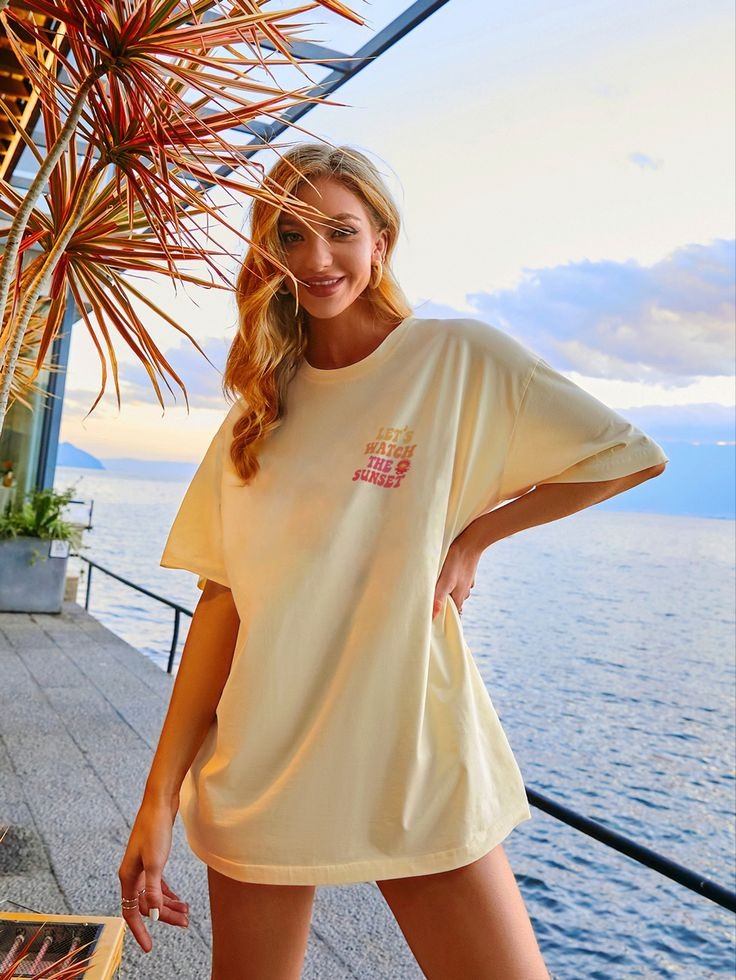No products in the cart.: 0,00$
T-Shirts: A Profound Expedition through Origins, Innovation, and Impact

Introduction
The T-shirt, in its unadorned simplicity, transcends the boundaries of function and fashion to occupy a central place in the human wardrobe. Composed of little more than two sleeves and a body panel joined at a straightforward neckline, it nevertheless embodies a wealth of narratives: tales of industrial ingenuity, declarations of personal and political identity, milestones in material science, and urgent dialogues on sustainability. In this extensive exploration, we journey beyond the familiar contours of the T-shirt, excavating deeper histories, unearthing subtler technical breakthroughs, evaluating the shifting economics of supply and demand, and casting our gaze toward visionary futures. Along the way, we encounter case studies of landmark collaborations, examine the complexities of global production networks, and consider the evolving psychology of wearers. Through close reading of fabric and form, we come to appreciate the T-shirt not simply as a garment but as a prism through which to view the entangled stories of culture, commerce, and conscience.
Historical Foundations and the Rise of Casual Dress
Long before it became the ubiquitous emblem of personal expression, the T-shirt was born of necessity. In mid-nineteenth-century Europe, the demands of factory labor and seafaring life called for alternatives to layered, button-down shirts that constricted movement and trapped heat. Knitters on flatbed looms experimented with single-jersey constructions—soft, stretchy panels of cotton that draped over the torso and swung freely at the sleeves. These one-piece knits soon found favor among dockworkers and sailors, who prized their ability to air-dry overnight and to withstand the brine of open seas.
The United States Navy formally institutionalized this garment in the early 1900s, issuing thick white cotton jerseys as standard underlayers. Yet its transformation into visible attire was delayed for decades. The First World War saw soldiers wearing these jerseys beneath cumbersome uniforms, but they remained hidden from public view. The Second World War altered that dynamic: in the tropical theaters of the Pacific and North Africa, the knit undershirt proved indispensable against heat and humidity. When veterans returned home, the comfort they had grown accustomed to carried over into civilian life. Within emerging leisure cultures—beach gatherings in California, backyard barbecues in suburban America—surplus military shirts were patched, shortened, or simply worn plain. The influence of Hollywood—Marlon Brando’s cropped cotton sleeve and James Dean’s stark white tee—solidified the garment’s place in the cultural imagination. By mid-century, the T-shirt had broken free of its undergarment role to become a symbol of casual rebellion and youthful authenticity.
Materials and Manufacturing: Deepening the Science of Softness
The T-shirt’s evolution in materiality mirrors the broader trajectory of textile innovation. Early jerseys used loosely spun cotton yarns that, while breathable, exhibited significant stretch and pilling. The advent of ring-spun cotton in the 1950s revolutionized yarn quality: twisting and thinning fibers before knitting produced stronger, smoother threads that resisted abrasion and retained shape.
In the 1970s, polyester emerged as a performance partner. Blends fusing cotton’s natural comfort with polyester’s rapid-dry and wrinkle resistance became staples for athletic and outdoor wear. The 1980s and 1990s brought about the introduction of spandex, granting T-shirts stretch-and-recovery that conformed to the body’s movements. Moisture-wicking finishes, built on hydrophilic polymer treatments, further enhanced the garment’s functional profile for fitness enthusiasts.
More recently, sustainability imperatives have spurred the adoption of alternative fibers. Lyocell and modal, regenerated cellulosic fibers sourced from eucalyptus and beechwood pulp, offer breathability and a silk-like hand while relying on closed-loop solvent recovery. Bamboo viscose brings natural antimicrobial and thermo-regulating properties, though its processing demands careful chemical management. Recycled polyester, derived from post-consumer plastic bottles, bridges waste diversion with performance needs, though concerns about microplastic shedding in washes persist.
Simultaneously, manufacturing techniques have grown more sophisticated. Three-dimensional knitting machines now craft entire T-shirts to shape, eliminating cut-and-sew waste and enabling gauge-by-gauge variations in fabric density across a single garment. Waterless dyeing systems employing supercritical carbon dioxide reduce water use by up to ninety-five percent and eliminate aqueous effluent. Digital direct-to-garment printing permits on-demand, high-resolution graphics without the resource burden of traditional screen printing, freeing designers to explore infinite colorways and photographic fidelity.
Cultural Resonance and Iconic Collaborations
The T-shirt’s cultural potency derives from its blank-slate neutrality. In the 1960s and 1970s, activists layered bold slogans and prints onto cotton canvases as tools of protest. Marchers opposing war, champions of civil rights, and environmental advocates employed stenciled and screen-printed messages to forge visual solidarity. These wearable banners traversed march routes, concert fields, and college campuses, amplifying collective identities.
Simultaneously, commercial fashion houses recognized the T-shirt’s billboard potential. In the 1980s, high-end labels emblazoned their monograms across chests, reimagining a utilitarian staple as a status symbol. The streetwear movement of the 1990s and early 2000s further blurred lines between subculture and couture: collaborations between skate brands, graffiti artists, and hip-hop musicians yielded capsule collections that sold out within hours. Iconic partnerships—such as a luxury house working with an urban artist to produce a numbered run of 500 shirts—generated fervent demand and spawned secondary markets where rare pieces commanded four-figure sums.
In recent years, collaborations have expanded into new arenas. Environmental NGOs partner with sustainable apparel brands to issue fundraising tees printed with endangered species photography. Tech companies commission limited-edition runs featuring circuit-board motifs, blending digital ethos with fabric form. Even academic institutions and research labs have leveraged T-shirts as tools for public outreach, distributing shirts printed with infographics on climate data or genetic sequences. Each collaboration transforms the T-shirt into a vessel for narrative, conveying values, aesthetics, and information through every stitch.
Stylistic Diversity: Cutting, Contouring, and Surface Innovation
While the archetypal crew neck endures, designers continually reconfigure every aspect of the T-shirt’s geometry. Neckline innovations—such as asymmetric boat-necks, keyhole cutouts, and split collars—reframe the wearer’s posture and frame. Sleeve treatments range from minimalist micro-cap cuts to sculpted volume achieved through pleating or ruching. Hemline variations include tunic-length curves, cropped silhouettes that meet the natural waist, and high-low contours that introduce dynamic drape.
On the surface, design technologies open new expressive frontiers. Tie-dye’s cyclical revivals have grown more precise via digitally controlled resist techniques, yielding predictable spirals and gradients in industrial batches. All-over sublimation printing wraps photographic panoramas, botanical illustrations, or data visualizations seamlessly around torsos. Three-dimensional embroidery—where motifs rise above the knit surface—provides tactile relief, while foil and metallized inks react to light and movement, transforming the shirt into a kinetic sculpture. Each technique amplifies the T-shirt’s capacity to serve as wearable art, engaging sight, touch, and even movement.
Economic Ecosystem: From Factory Floors to Resale Platforms
The global T-shirt market is a multibillion-dollar ecosystem that spans ultra-low-cost mass production, artisanal luxury, and burgeoning resale networks. Fast-fashion retailers optimize speed and scale, churning out vast inventories of tees priced below the cost of a night out. These disposable garments drive consumer turnover—studies indicate the average T-shirt is worn fewer than ten times before being discarded—fueling an urgency to examine hidden environmental and social costs.
At the opposite end of the spectrum, haute couture houses and bespoke ateliers produce limited-edition or made-to-measure T-shirts priced in the hundreds or thousands. These garments emphasize artisanal processes—hand‐screening, custom hand-stitching, and small-batch dyeing—that imbue each piece with unique character and long-term value. Between these poles lies a vibrant midmarket: brands that blend quality materials, transparent supply chains, and fair labor commitments at accessible price points. Subscription rental services further diversify the model, renting curated collections of T-shirts for seasonal refreshment and professional laundry, thereby extending each item’s usable life.
The secondary market underscores the T-shirt’s fluid value. Vintage concert tees from landmark music festivals, early streetwear collabs signed by artists, and out-of-print graphic designs fetch premium prices on online auction platforms. Collector communities converge at pop-up events to trade mythic rarities—sometimes exchanging shirts for other collectible goods—demonstrating how a humble garment can acquire historical, cultural, and even financial capital.
Ethical and Environmental Imperatives: Unraveling the True Cost
Behind every T-shirt lies a complex web of resource flows and labor dynamics. Conventional cotton cultivation consumes massive volumes of water—often in arid regions—while depending heavily on synthetic fertilizers and pesticides. Dyeing and finishing traditionally generate toxic effluents loaded with heavy metals and aromatic solvents, contaminating rivers and groundwater. Synthetic fibers such as polyester and nylon shed microplastics with each wash, invading waterways and bioaccumulating in marine food chains.
Labor conditions compound these challenges. Textile and garment workers, disproportionately women in low-wage countries, frequently face unsafe factory conditions, excessive hours, and wages that fall below living standards. High-profile tragedies—factory fires, building collapses—have spurred global outrage and laid bare systemic vulnerabilities in supply chains.
In response, a multifaceted movement toward regenerative and circular paradigms has taken shape. Regenerative agriculture for cotton emphasizes soil health, biodiversity, and water retention, replacing monocropping with intercropping and cover crops. Closed-loop recycling systems mechanically or chemically regenerate fibers from used textiles, while innovative blends incorporate agricultural byproducts—pineapple leaves, coffee grounds—into new yarns. Waterless CO₂ dyeing and digital printing technologies slash water and chemical footprints. Worker-driven safety programs, living wage coalitions, and transparent blockchain traceability empower consumers to make informed choices. Brands increasingly publish “impact reports,” quantifying metrics from carbon emissions to worker-wellness indicators, fostering accountability and continuous improvement.
Styling and Wardrobe Integration: The T-Shirt as a Versatile Anchor
At its heart, the T-shirt’s triumph lies in its chameleon-like adaptability. A crisp white crew-neck in long-staple cotton offers an underlayer that elevates suiting or business casual attire. A draped, off-shoulder design in modal invites leisurely elegance at dawn and dusk. Fitted, mesh-vented performance tees pair with tailored shorts and minimalist sneakers for an urbane athletic aesthetic. Oversized boxy silhouettes and drop-shoulder constructions fuel streetwise minimalism when balanced with tapered bottoms and structured outerwear.
Seasonal layering unlocks further potential. In cooler months, merino-blend long-sleeve T-shirts wick moisture beneath sweaters or coats without bulk. Spring and autumn call for lightweight linen-cotton blends that breathe in gentle breezes. Summer ensembles revolve around cropped cuts and high-slit hems that pair with high-waist skirts or trouser shorts, complemented by sandals or espadrilles. Accessories—silk scarves knotted at the collar, sculptural belts cinched at the hem—offer finishing touches that articulate style intentions without overshadowing the shirt’s foundational simplicity.
Care, Repair, and Upcycling: Cultivating Mindful Longevity
Preserving a T-shirt’s life demands intentional care. Gentle washes inside out, using cold water and biodegradable detergents, protect both fibers and surface treatments. Air-drying or low-heat tumbling prevents shrinkage, while periodic low-iron touch-ups maintain crispness. Avoiding fabric softeners helps preserve moisture-wicking finishes and elasticity.
When wear or damage appears, repair becomes an act of conscious consumption. Invisible darning mends small holes discreetly, while visible patchwork and embroidery transform flaws into statements of resilience. Community repair cafés and online tutorials democratize these skills, nurturing a culture that values mending over discarding. Creative upcycling repurposes retired T-shirts into quilts, tote bags, cushion covers, or art installations, extending narratives and memories far beyond a single garment’s initial life.
Future Horizons: Convergence of Biology, Technology, and Circularity
Gazing ahead, the T-shirt stands poised at the intersection of material science, biology, and digital innovation. Conductive yarns woven into knit structures already facilitate real-time biometric monitoring—heart rate, posture, stress indicators—streaming data to health apps. Phase-change and shape-memory polymers could dynamically adjust insulation and airflow, offering personalized thermal comfort without layering. Augmented reality filters and smart glasses may overlay interactive graphics onto physical shirts, crafting hybrid experiences where digital art and cloth merge.
Adaptive supply chains promise to complete the circular vision. On-demand microfactories, powered by AI forecasting and blockchain traceability, will knit personalized T-shirts to exact specifications, eliminating overproduction and waste. Biofabrication techniques may grow cellulose fibers in microbial cultures, drastically reducing land and water usage. Carbon-sequestering polymers could convert atmospheric CO₂ into structural yarns, reversing climate impact. In such a future, every T-shirt carries a digital “life story” record—documenting seed origin, processing energy, water usage, labor conditions, and end-of-life recovery pathways—ensuring transparency from farm to fiber and back again.
Conclusion
From its unassuming origins on naval decks and factory floors to its status as a global canvas for style, protest, and innovation, the T-shirt continues to evolve in remarkable ways. Its deceptively simple anatomy belies a profound capacity to reflect social values, technological leaps, and environmental imperatives. As we embrace regenerative agriculture, circular production models, and smart textile frontiers, the T-shirt emerges not just as everyday attire but as an emblem of possibility—where science and soul, commerce and conscience, tradition and transformation intertwine. In every stitch and pixel, it invites us to consider how we choose to dress, speak, and care for the world we inhabit—and to recognize that even the most ordinary object can become a catalyst for extraordinary change.




